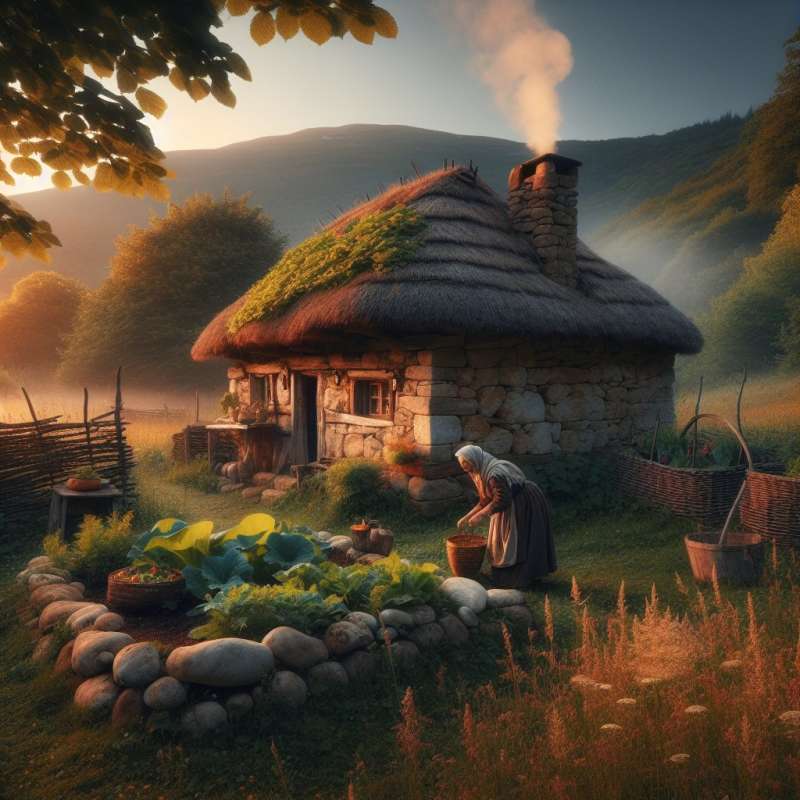
Early Medieval Timber Structures
Early medieval architecture often utilized timber for its flexibility and availability. Notably, post-and-lintel construction was common, with many structures being lost due to the perishable nature of wood and susceptibility to fire.
Romanesque Style Emergence
The Romanesque style, prevalent from the 10th to 12th centuries, introduced stone as the primary building material. Its hallmarks include thick walls, small windows, and rounded arches, inspired by Roman and Byzantine buildings.
Gothic Architecture Revolution
Following Romanesque, the Gothic style emerged in the 12th century, featuring pointed arches, ribbed vaults, and flying buttresses. These innovations allowed for taller, lighter buildings and large stained-glass windows, transforming ecclesiastical spaces with light and verticality.
Secular Strongholds
Medieval architecture wasn't just religious. Castles and fortresses, with their massive walls and towers, served as defensive structures as well as noble residences. Innovations like concentric circles and moats improved defense capabilities.
Mystique of Gargoyles
Gargoyles, more than grotesque decorations, served a practical purpose in Gothic architecture. These stone creatures acted as spouts, projecting rainwater away from the building's foundations, helping to prevent erosion.
The Vernacular Architecture
Beyond grand cathedrals, ordinary medieval buildings used local materials and traditional methods. These vernacular structures varied widely across Europe, reflecting regional climates, cultures, and technologies, and provided functional, accessible designs for the common people.
Innovative Medieval Heating
While not widely known, hypocaust systems were medieval Europe's innovative solution for heating. This Roman method heated affluent homes and public baths by circulating warm air under raised floors, a precursor to modern central heating.
What was timber used for in early medieval architecture?
Flexible roofing material
Post-and-lintel construction
Decorative facade elements
Company